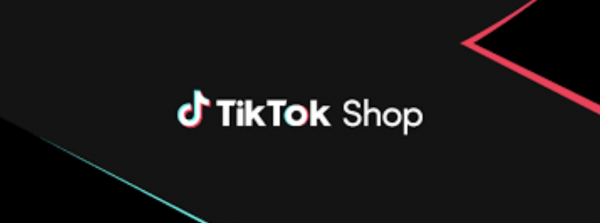Listen up eCommerce marketers and business owners, the pandemic has caused a big shift to digital and we are here to unpack what it means for eCommerce. It’s no secret the pandemic has meant a rise in online shopping and made marketers’ jobs harder as customer expectations of digital shopping have risen. But what is the implication of this and what trends do you need to be aware of to stay ahead of the competition?
It all lies in how consumers’ habits and expectations have changed, it’s no good to do the bare minimum anymore. Consumers need more touchpoints, more creativity and more from marketers and businesses. To stay laps ahead of your competition, we have compiled a list of some key trends you need to be aware of and work into your strategy.
Trend 1: Blurring the lines with virtual and augmented reality
This new trend gives power back to the consumers which in turn will give power back to you as marketers and business owners. The rise of augmented and virtual reality gives customers the choice to see the product before purchase and it has been proven that customers are much more willing to press the place order button with this option available.
For example, Ikea has embraced this trend and created an app that lets consumers picture that new sofa or vase in their lounge. This gives consumers more buying power as they can picture this item in their home, how it will work and gives them all the information that is missing without the technology.
But what if you’re a marketer or business owner without a big budget? Well, there are ways for you to incorporate this technology and hop on the trend without breaking the bank. Why don’t you try 3D photos, 360 photos, AR filters on Snapchat or TikTok’s AR offerings? It’s something we would recommend jumping on now as it’s predicted that in the not too distant future AR content will rank higher on Google over content that doesn’t include AR.

Trend 3: Personalisation is the name of the game
Gone are the days of all our websites looking the same to decrease confusion. Consumers want an experience tailored to them and their interests and that’s where dynamic content comes in.
Dynamic content changes according to the action taken on the website i.e. scrolling up or down and it takes interaction to a whole new level. But there are some things to consider with this one, a more complex website could mean a requirement for more complex coding which can increase the costs involved in creating a website.
However, in our opinion, it’s worth the investment for business owners and marketers because it can also benefit your pay-per-click campaigns. If you can create a landing page that delivers all the key information, engages the consumer and can give the information in stages – you will be on to a winner with a reduced scan rate, lower bounce rates and lead to information being absorbed better.

Trend 4: Voice search volumes will increase
“Hey Alexa, add a chopping board to my basket”, “Hey Siri, how much is this phone charger” and “Hey Google, what’s the best TV?” will all become more common phrases.
With the rise of Alexa, Siri and Google Home and the convenience of it, it’s no surprise that consumers are relying more and more on voice search to shop. This creates an opportunity for marketers and business owners in terms of keywords and content. Did you know that searches via voice change the relevant keywords from the traditional ones typed into the google search bar? Most voice searches are questions meaning there is an opportunity to stay ahead of your competitors with long-tail keywords.
So marketers and business owners, don’t neglect the long-tail keywords because they might just give you the edge.







